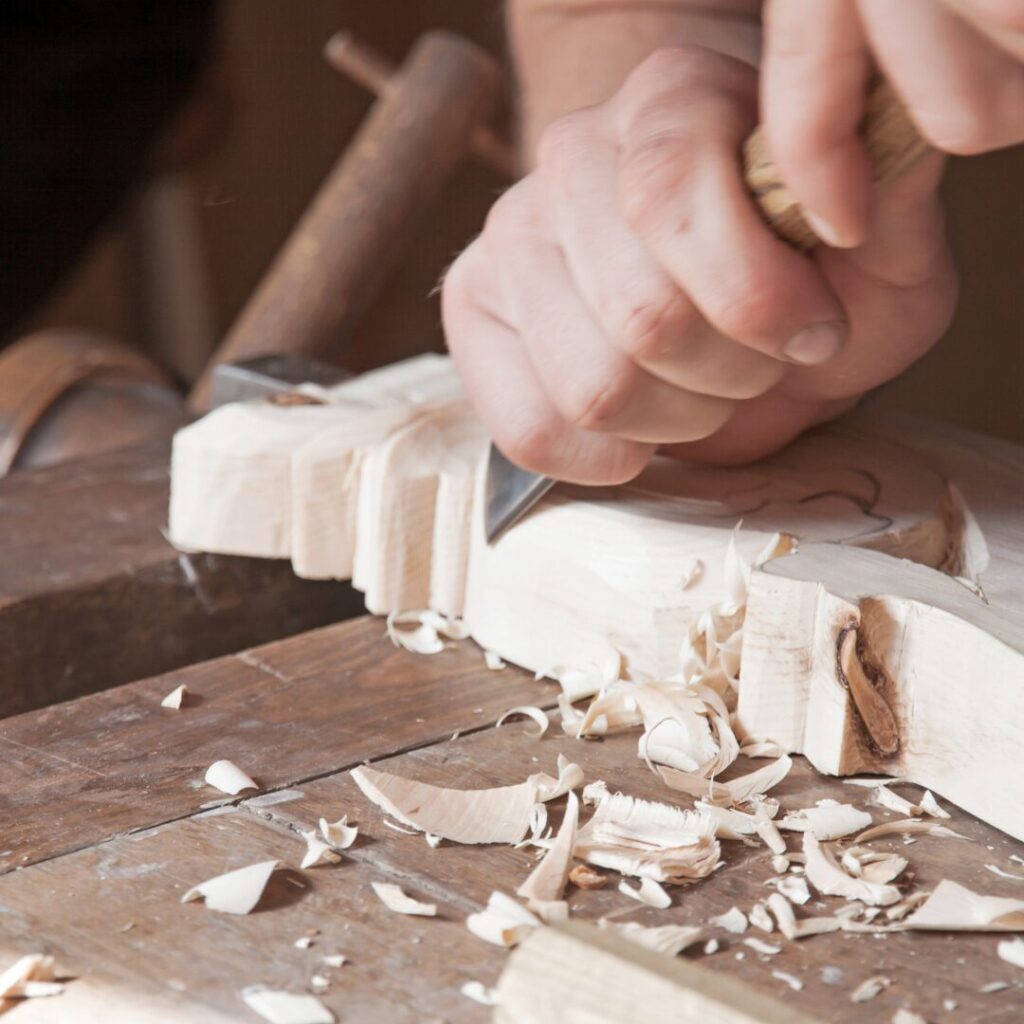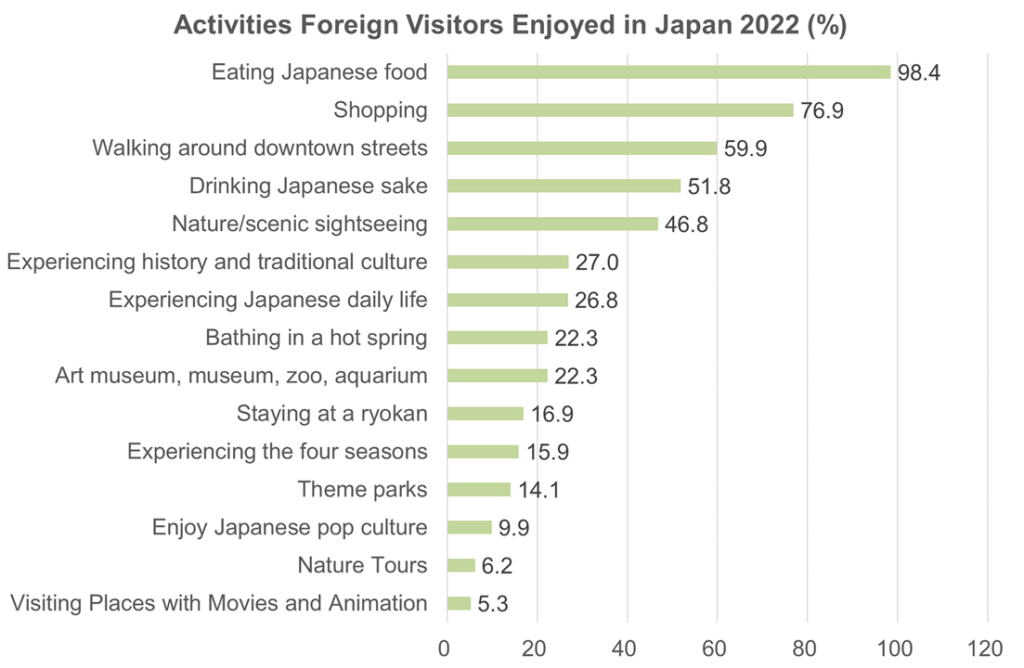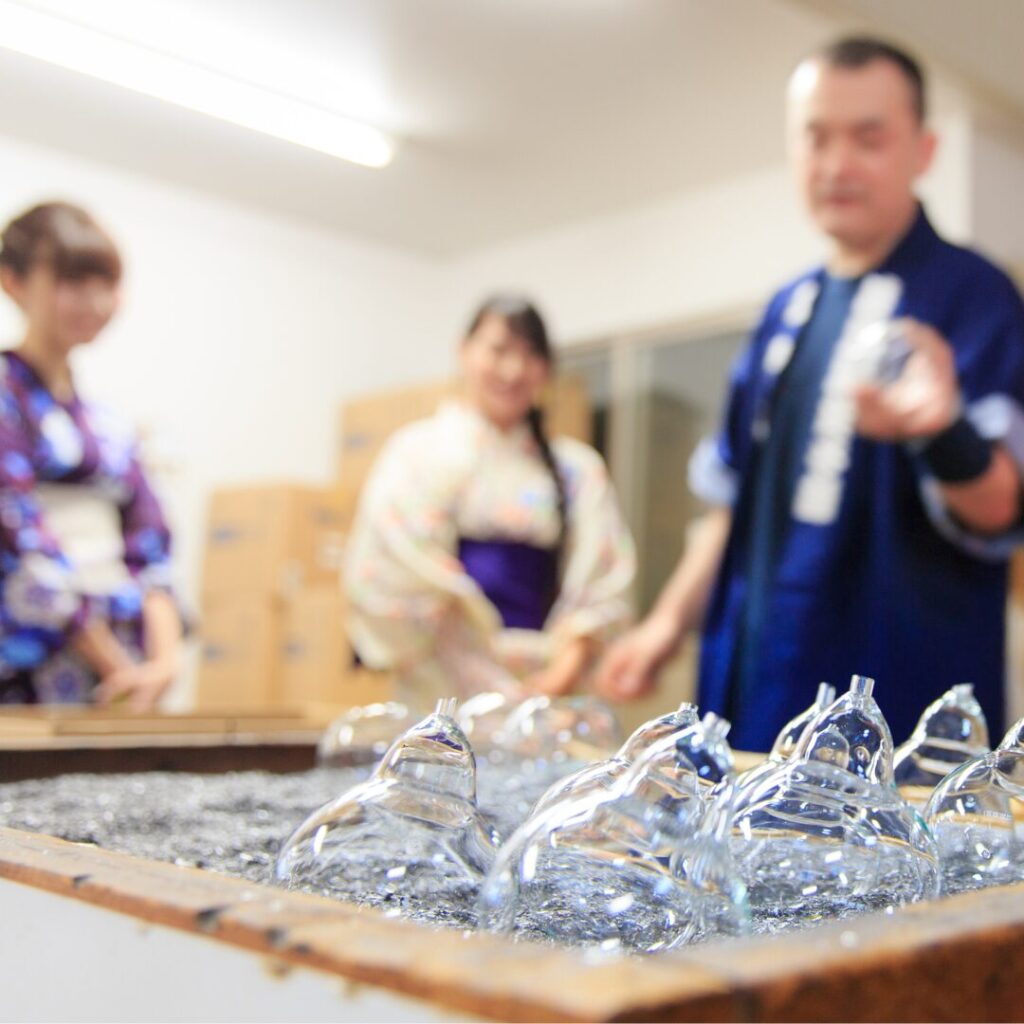The Key Attraction for Foreign Visitors to Japan: Mastery of Craftsmanship
One special reason why tourism in Japan is unique for foreign visitors, I believe, is the deep-rooted ‘craftsmanship’ that is embedded in various aspects of Japanese culture and daily life. This craftsmanship is evident in many areas, making it an attractive element for those traveling from abroad.
The delicacy of Japanese cuisine and the commitment to refining dishes like ramen and curry into a unique Japanese style are prime examples of this craftsmanship. Similarly, traditional wooden buildings constructed without nails and the punctuality of the train schedules illustrate a rigorous commitment to quality, efficiency, and functionality.

According to the “Annual Report on the Consumption Trends of Foreign Visitors to Japan 2022,” the number one activity foreign visitors did during their trip to Japan was ‘eating Japanese food.’ This was followed by ‘shopping,’ ‘walking in bustling city areas,’ ‘drinking Japanese sake,’ ‘visiting nature and scenic spots,’ and ‘experiencing Japan’s historical and traditional culture,’ respectively. Excluding ‘visiting nature and scenic spots,’ most of these activities are related to ‘craftsmanship.’ ‘Shopping’ and ‘city walks’ often include buying precision blades and food samples popular among foreigners and visiting temples and shrines.

Note: Multiple responses.
Source: Survey on Consumption Trends of Foreign Visitors to Japan 2022
Of course, Japan’s traditional crafts also symbolize the excellence of this craftsmanship. Textiles, pottery, metalwork, and woodworking, among others, have a long history and profound technical skills, each with its own unique aesthetics. It is conceivable that foreign visitors are deeply moved by experiencing the culture and aesthetic consciousness of Japan through the viewing, purchasing, and hands-on making of these crafts.
Japanese architecture and garden design are also parts of this craftsmanship. The simple and refined design, harmony with nature, and attention to detail reflect Japanese aesthetic senses. These elements are common features of Japanese architecture, from traditional shrines and temples to contemporary buildings.

In Japan, there’s a need to actively utilize these artisanal skills as tourist resources and improve the economic environment for the craftsmen. Providing tours that allow visitors to observe and experience these skills can shift from mere product sales to immersive experiences. Craftsmen themselves also need to adapt to changes in consumer behavior, such as the shift from goods to services consumption. Our company aims to plan ‘experience’ tours showcasing these artisanal skills, spreading the wonder of Japanese craftsmanship to the world.
